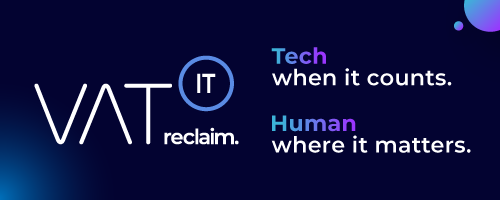According to the latest global market report, Billentis, the Asia Pacific region is expected to achieve the highest annual e-invoice volume growth rates compared to Latin America and Europe until 2025. This is mainly because the Asian market is new to the tax digitization journey (except for South Korea) and is accelerating the adoption of e-invoicing as an effective measure for VAT control.
Though the types of e-invoicing strategies implemented in the APAC region vary greatly, we can also identify some common characteristics.
There are jurisdictions with a strong common law legacy, such as Singapore and Japan, which typically focus regulatory measures on record retention. In recent years, many of these countries have started gearing up toward regulating e-invoicing issuance (notably by adhesion to the PEPPOL system), e.g., Singapore. Associated national standards have been adopted for a wide range of e-invoicing flows for B2B and B2G scenarios.
Conversely, Latin American clearance models and continuous transaction controls (CTCs) influence some countries. Examples of jurisdictions with CTCs are China and Taiwan.
More countries aim to introduce a staged approach to mandatory e-invoicing or CTCs in the coming years. Notable examples are Saudi Arabia, which in January 2023 introduced a clearance regime in multiple phases for different taxpayer groups, and Vietnam, which will be doing the same in the coming years.
Here’s a highlight of the recent e-invoicing developments in Asia Pacific.
Source: sovos.com















